As someone deeply immersed in eco-friendly home construction, I’ve seen the shift towards green living become more than just a trend—it’s a necessity.
Eco-friendly flooring is at the heart of this movement, blending aesthetics with a profound respect for our planet. It’s not just about choosing a floor; it’s about making a conscious decision to reduce environmental impact.
In this guide, I’ll walk you through the ins and outs of eco-friendly flooring, a choice that reflects both your style and your commitment to a healthier, more sustainable world. Let’s step into a greener future, one floor at a time.
What is Green Flooring?
When we talk about green flooring, we’re delving into a concept that extends far beyond the latest home design trends. Green, or eco-friendly flooring, refers to materials that have a minimal negative impact on our environment. This encompasses a range of factors: from the sustainability of the resources used, like renewable bamboo or reclaimed wood, to the production process that prioritizes low VOC (Volatile Organic Compounds) emissions.
But the significance of green flooring in modern construction is profound. It’s a cornerstone in the larger structure of sustainable home design, a field that’s rapidly gaining momentum as we become more conscious of our ecological footprint. Sustainable flooring isn’t just about the materials we tread on; it’s about creating an energy-efficient, environmentally responsible living space that resonates with our growing desire to protect our planet.
Incorporating eco-friendly flooring into home design is a powerful statement. It reflects an understanding of the interconnectedness of our actions and their impact on the environment. By choosing sustainable flooring solutions, homeowners are actively participating in green building materials‘ movement, ensuring that their personal space contributes positively to environmental conservation.
In this journey towards sustainability, green flooring stands as a testament to our evolving relationship with the environment – a relationship where style and ecological responsibility go hand in hand.
What to Look For in Eco-Friendly Flooring
When selecting eco-friendly flooring, it’s crucial to understand the key features that contribute to its sustainability. Here are the primary characteristics to consider:
Renewability
One of the hallmarks of sustainable flooring is its source. Materials like bamboo and cork are highly renewable, meaning they regenerate quickly without depleting natural resources.
Bamboo, for instance, can be harvested without destroying the plant, making it a top choice for eco-conscious homeowners.
Recyclability
Flooring that can be recycled or is made from recycled materials reduces waste and environmental strain.
Recycled metal tiles and rubber flooring, made from repurposed materials like old tires, exemplify this feature, contributing to a circular economy where materials are reused and repurposed.
Low VOC Emissions
Volatile Organic Compounds (VOCs) are harmful chemicals that flooring materials can emit. Eco-friendly flooring options typically have low VOC emissions, contributing to better indoor air quality and reducing harmful environmental impacts.
Natural linoleum, unlike its synthetic counterparts, is a biodegradable option that maintains low VOC levels.
Durability and Longevity
Sustainable flooring should not only be environmentally friendly but also durable.
Long-lasting materials like natural stone or polished concrete reduce the frequency of replacements, thereby diminishing resource consumption and waste over time.
Energy Efficiency
Flooring materials that contribute to energy efficiency, such as polished concrete, which can retain heat, play a crucial role in reducing a home’s overall energy consumption.
This feature is vital in the broader context of eco-friendly home construction.
Biodegradable
Ideally, eco-friendly flooring should be biodegradable, meaning it can decompose naturally without harming the environment.
Wool carpets, for instance, offer this benefit, returning to the earth without leaving a lasting negative impact.
Top 10 Eco-Friendly Flooring Options
1. Bamboo Flooring
Bamboo flooring stands out in the realm of sustainable flooring solutions, thanks to its unique combination of durability, style, and eco-friendliness.
What makes bamboo particularly appealing is its rapid renewability; it’s a grass that can grow to maturity in as little as 3-5 years, significantly faster than hardwood trees. This rapid growth cycle ensures a sustainable, replenishable resource.
Additionally, bamboo flooring is known for its strength and resilience, rivaling traditional hardwoods in longevity and wear resistance.
Its natural aesthetic versatility, offering various grains and hues, makes it a favored choice for eco-conscious homeowners seeking a blend of sustainability and modern design.
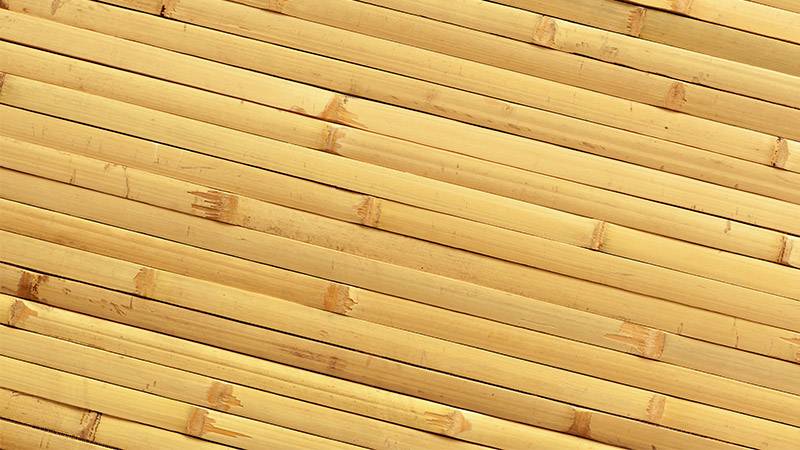
2. Cork Flooring
Cork flooring is a gem in sustainable home design, renowned for its eco-friendly qualities and comfort. Sourced from the bark of cork oak trees, which regenerates every nine years, cork flooring is a prime example of a renewable resource. This process doesn’t harm the tree, making cork harvesting a sustainable practice.
Beyond its environmental benefits, cork flooring is cherished for its natural insulation properties, providing both warmth and sound reduction. It’s also naturally antimicrobial and hypoallergenic, making it an excellent choice for homes where health and comfort are priorities.
The cushioned feel underfoot and the unique, varied patterns of cork add a distinct aesthetic appeal to any space.
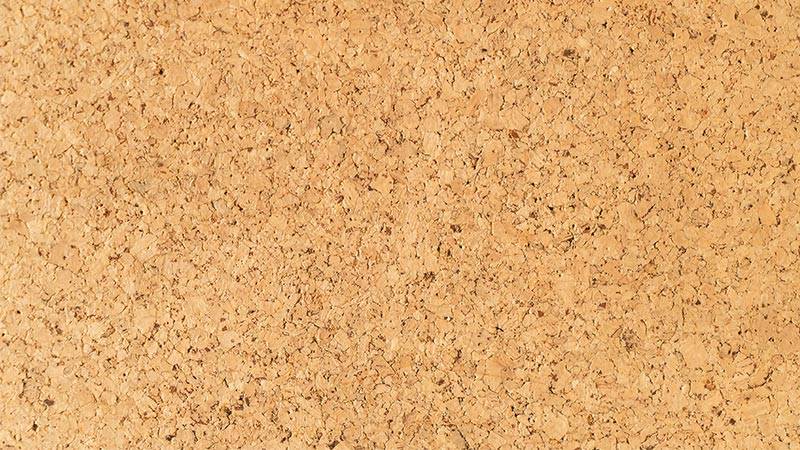
3. Reclaimed Wood
Reclaimed wood flooring is an exceptional choice for eco-friendly home construction, embodying sustainability and history.
It is sourced from old structures, like barns and warehouses, repurposing wood that would otherwise be discarded. This recycling process reduces the demand for new timber, thereby conserving forests and minimizing the environmental impact of logging.
Reclaimed wood floors offer a unique aesthetic, each plank telling a story with its weathered textures and varied patinas. This type of flooring is not only a nod to history but also to durability and longevity, often outlasting many contemporary flooring materials, making it a sustainable and character-rich choice for modern homes.
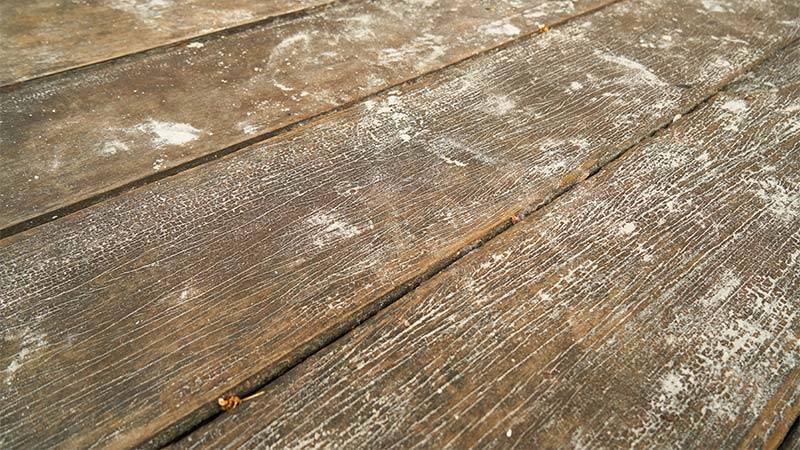
4. Linoleum
Linoleum stands out in the eco-friendly flooring world for its natural composition and biodegradability.
Unlike its synthetic counterparts, true linoleum is made from linseed oil, cork dust, tree resins, and jute backing, all renewable resources. This composition not only makes linoleum biodegradable but also ensures low VOC emissions, contributing to healthier indoor air quality.
Linoleum is remarkably durable, often lasting decades with proper care, reducing the need for frequent replacements. Its versatility in design and color makes it adaptable to various interior styles, and its natural antibacterial properties make it a practical choice for households prioritizing cleanliness and sustainability.
5. Recycled Metal Tiles
Recycled metal tiles offer an innovative and eco-friendly flooring option, turning what would be waste into beautiful, durable surfaces.
These tiles are often made from recycled aluminum or brass, showcasing a commitment to reducing industrial waste and promoting a circular economy. The use of recycled materials significantly lowers the environmental impact compared to new metal production, which can be energy and resource-intensive.
Besides their sustainability factor, recycled metal tiles bring a unique, contemporary aesthetic to any space. They are incredibly durable, resistant to moisture and wear, making them a practical choice for areas with high foot traffic. This blend of environmental consciousness and modern design appeal makes recycled metal tiles a standout choice in green home design.
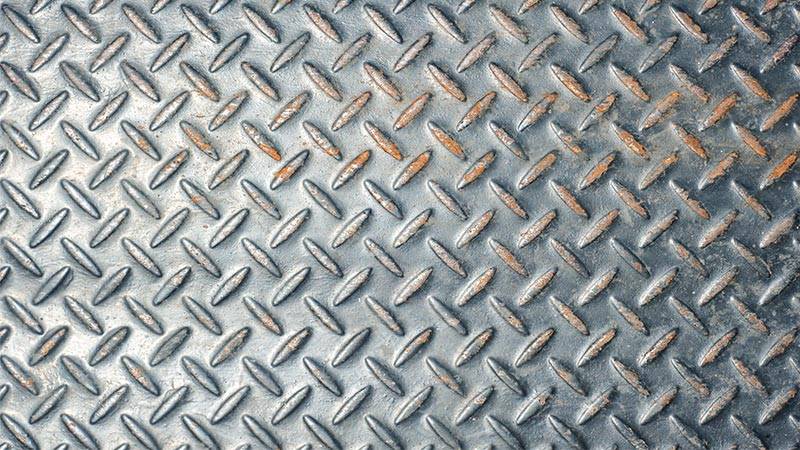
6. Natural Stone
Natural stone flooring, with materials like slate and marble, is an eco-friendly option owing to its durability and minimal processing.
Sourced directly from the earth, these stones are inherently sturdy, ensuring a long-lasting floor with minimal need for replacement. This longevity reduces resource consumption and waste generation over time.
While the extraction process is energy-intensive, sourcing stone locally can mitigate environmental impacts related to transportation.
The unique beauty of natural stone, with its varied textures and colors, adds an unparalleled, elegant aesthetic to homes. Additionally, stone’s natural thermal properties contribute to energy efficiency, maintaining indoor temperature consistency.
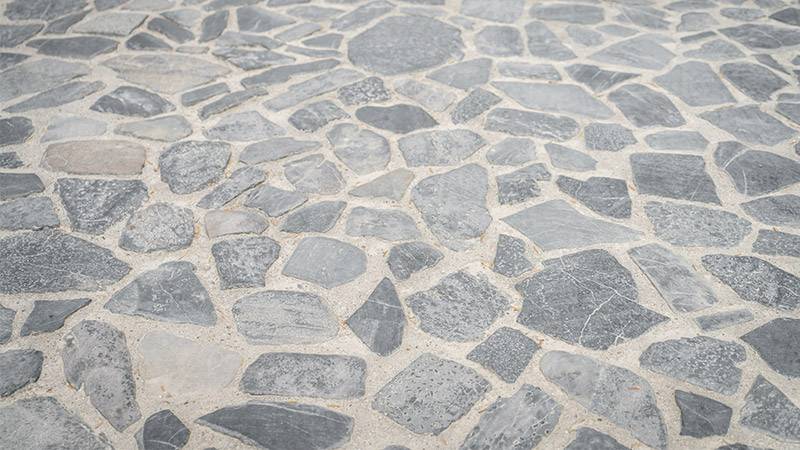
7. Recycled Glass Tiles
Recycled glass tiles are a shining example of eco-friendly innovation in flooring.
Made from post-consumer glass products, such as bottles and jars, these tiles give new life to materials that would otherwise end up in landfills. This recycling process significantly reduces waste and conserves the raw materials and energy required for new glass production.
Apart from their environmental benefits, recycled glass tiles offer a unique aesthetic appeal. They come in a variety of vibrant colors and can be arranged in countless patterns, adding a bright, modern touch to any space.
These tiles are also highly durable and easy to clean, making them a practical as well as an environmentally responsible choice for flooring.
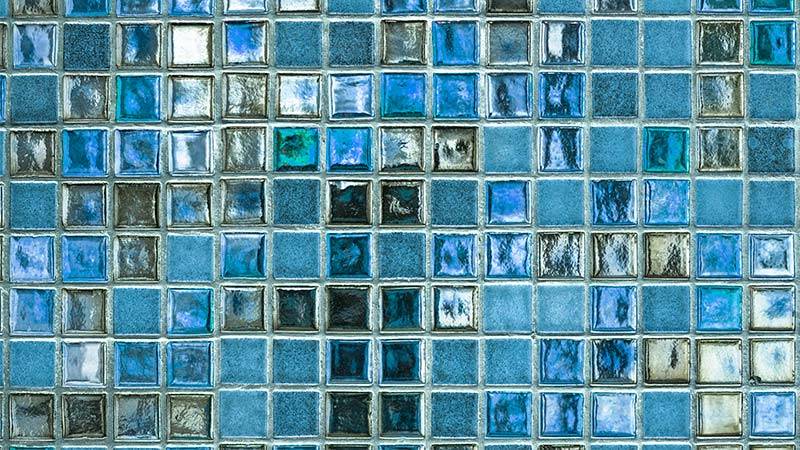
8. Wool Carpet
Wool carpet is a superb eco-friendly flooring choice, celebrated for its natural origins and sustainable qualities. Wool is a renewable resource, sheared from sheep annually without harming them, making it an ethical and sustainable material choice.
Wool carpets are inherently biodegradable, decomposing naturally at the end of their lifespan, unlike synthetic alternatives.
The benefits of wool carpet extend beyond its environmental friendliness. Wool is naturally stain-resistant, durable, and provides excellent insulation, enhancing a home’s energy efficiency. Its plush, luxurious texture adds a sense of comfort and warmth to any room, making it a popular choice for eco-conscious homeowners seeking both elegance and sustainability.
9. Polished Concrete
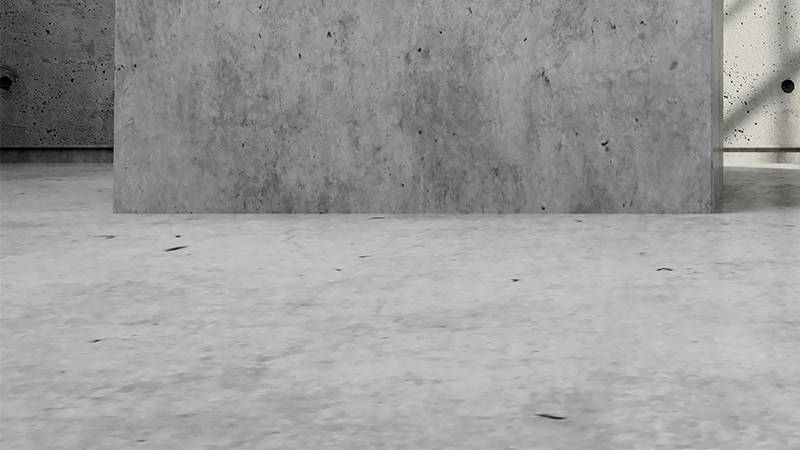
Polished concrete is an increasingly popular choice in eco-friendly home construction due to its sustainability and modern appeal.
Its eco-friendliness primarily stems from utilizing existing concrete slabs, thus reducing the need for additional materials. This not only conserves resources but also minimizes waste.
Polished concrete is highly durable, requiring minimal maintenance and replacement over its long lifespan, further enhancing its environmental credentials. Its thermal mass helps regulate indoor temperatures, contributing to energy efficiency in homes.
Aesthetically, polished concrete offers a sleek, minimalist look, with options for staining or coloring to fit various design preferences, making it a versatile choice for contemporary eco-conscious living spaces.
10. Rubber Flooring
Rubber flooring, often made from recycled tires, is an excellent example of sustainable innovation in eco-friendly home construction. This recycling process turns potential waste into valuable material, reducing environmental pollution and resource consumption.
Rubber flooring is notable for its resilience and durability, able to withstand heavy foot traffic and resist water damage, making it a practical choice for high-traffic areas. It also provides excellent sound insulation and is comfortable underfoot.
Additionally, rubber flooring is easy to clean and maintain, further extending its lifespan. Its versatility in design and color makes it suitable for various interior styles, from contemporary to traditional, while contributing positively to environmental sustainability.
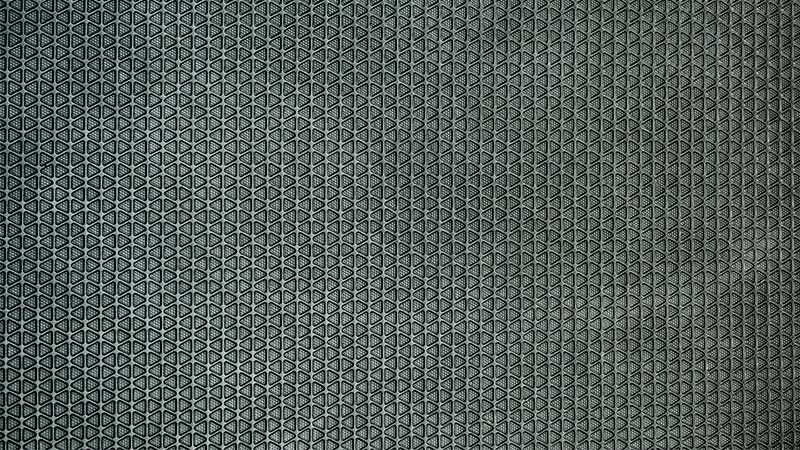
Conclusion
Choosing eco-friendly flooring is more than a home improvement decision; it’s a commitment to our planet’s health and future. Each option, from bamboo to recycled rubber, offers a unique blend of style, durability, and most importantly, sustainability.
By opting for green flooring, you contribute to a cycle of environmental responsibility and conservation. Remember, your choice has a lasting impact, not just on your home, but on the world.
So, take a step towards a greener, more sustainable future. Explore these eco-friendly flooring options, and make the change today. Your planet, and future generations, will thank you.



